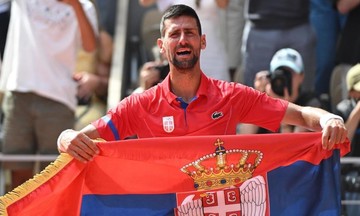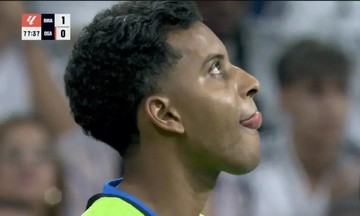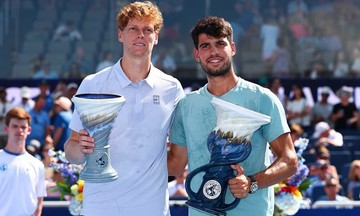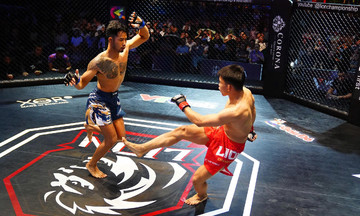Magnus Carlsen played a blindfolded chess match against ChatGPT during an exhibition event at the Freestyle Chess Grand Slam in Las Vegas. The Norwegian grandmaster sat with his back to the board, unable to see the pieces. A human assistant entered Carlsen's moves and physically moved the pieces for the OpenAI chatbot, which played Black.
Carlsen surprised everyone with his opening move, pushing the h-pawn to h4. ChatGPT remarked on the unusual move, which Carlsen acknowledged with a smile. The AI responded with d5. White continued to control the center with pawn moves d4, e3, and f3, while Black opted for a more solid approach with e6 and c6. Carlsen, however, described his opponent's strategy as "passive".
 |
Illustration of Magnus Carlsen playing against ChatGPT. Image: ChatGPT |
ChatGPT's playing style differed from strong chess engines like Stockfish. Instead of perfect calculation, it occasionally displayed human-like intuition. At times, the AI misread pieces or imagined positions that didn't exist on the board. Carlsen had to be lenient, allowing some illegal moves.
Mid-game, Carlsen castled queenside, a move ChatGPT deemed "risky" due to the king's perceived vulnerability. When Carlsen inquired about a potential threat along the d-file, ChatGPT seemed confused and mentioned a knight on d7, which wasn't there. Carlsen immediately capitalized on this, sacrificing his knight on e6 to open the way for his rook to capture the Black queen on d8.
Up to this point, ChatGPT had mostly played legally, but occasionally suggested illogical moves like rook to f4 from an impossible position. The human assistant had to substitute legal moves, with Carlsen's approval.
In the endgame, Carlsen deliberately moved his king from c1 to e6, an illegal move since the king can only move one square at a time. ChatGPT praised this as a clever move, with the king moving "like a knight" to apply pressure. From there, the board became chaotic. The AI resurrected pawns, rooks appeared in unusual locations, and captures defied logic.
Finally, Carlsen checkmated by having his queen jump over his king, another illegal move. However, as this was an exhibition match, and the AI had already made several illegal moves, Carlsen's checkmate was accepted.
This exhibition match took place before ChatGPT's participation in the first-ever AI chess tournament from 5/8 to 7/8. OpenAI sent two representatives, the Large Language Models (LLMs) o3 and o4-mini. Thanks to o3's reasoning abilities, ChatGPT won the tournament, defeating Elon Musk's Grok 4, 4-0, in the final. O3 made significantly fewer errors than the ChatGPT model used in the earlier match against Carlsen.
The o4-mini model is a faster, more compact version of o3 and is available free to ChatGPT users. Free users can also access the more powerful o3, but with limited usage, such as three times per month.
Xuan Binh












